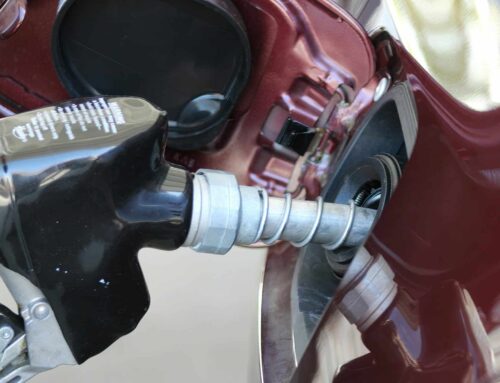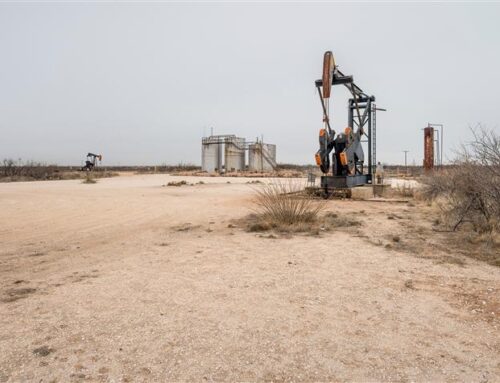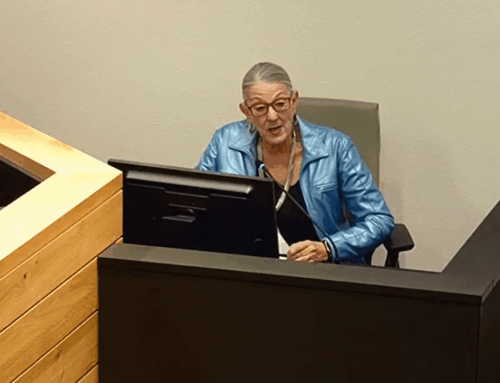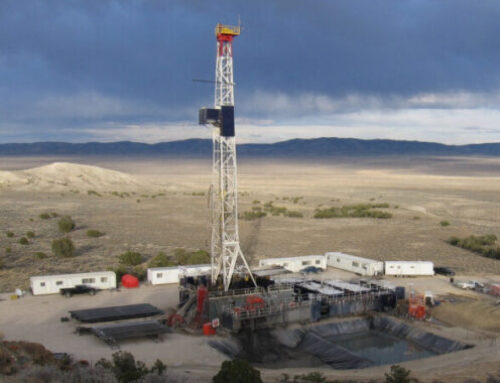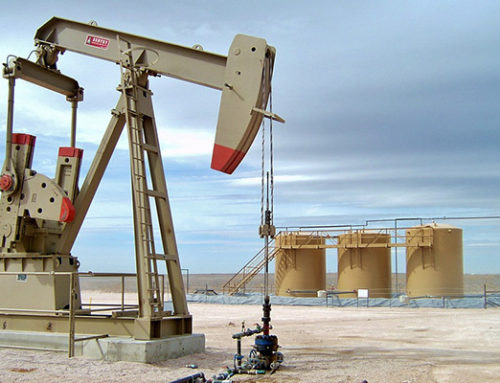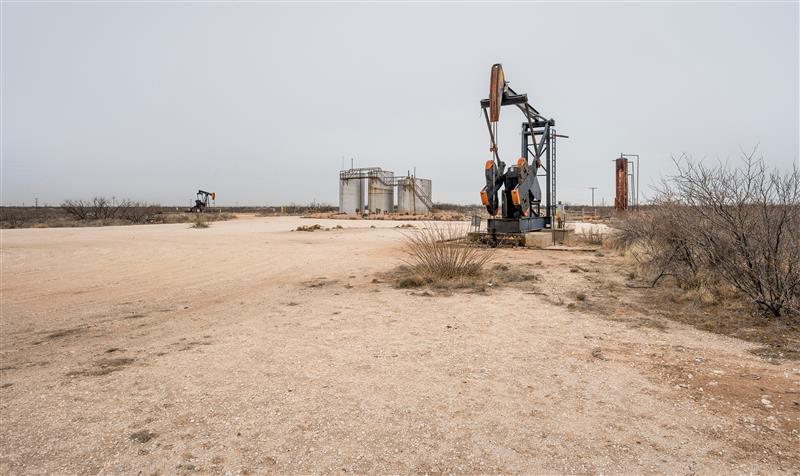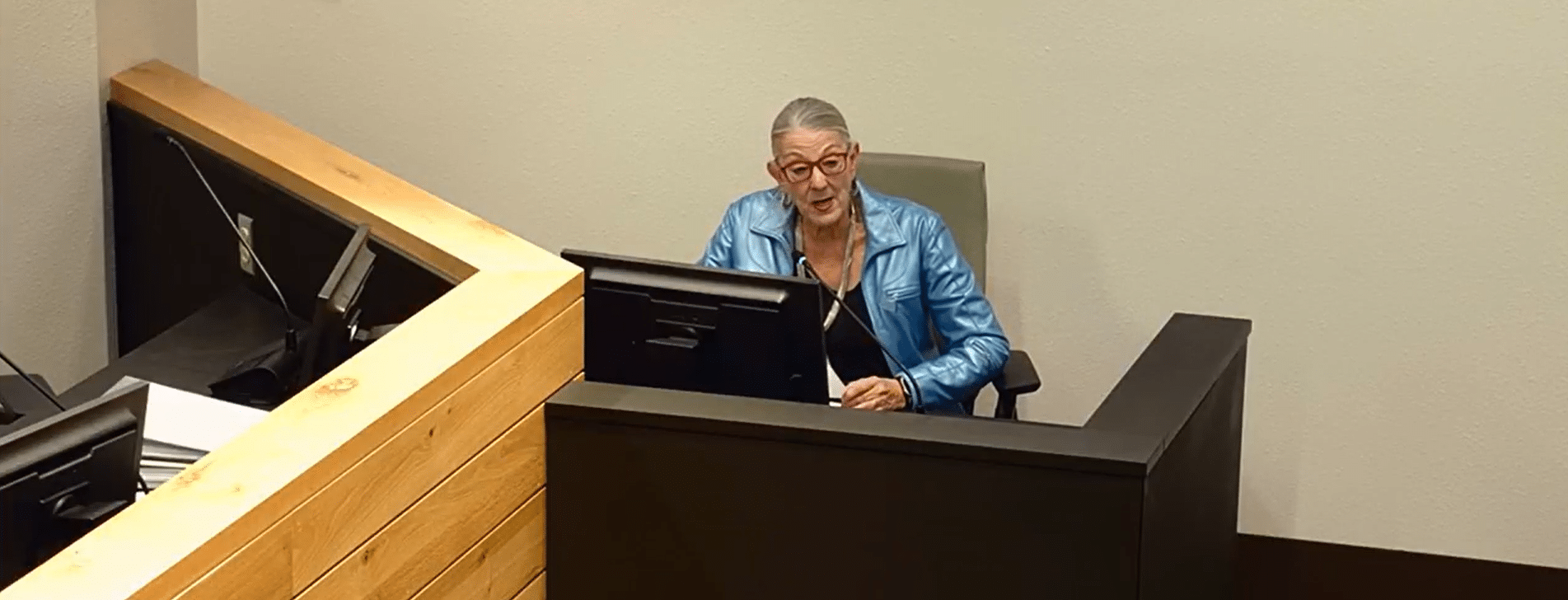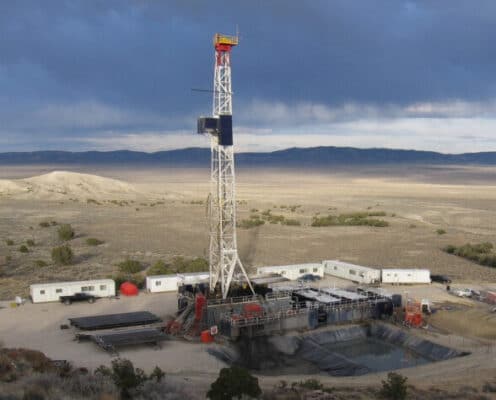The House Natural Resources Budget Reconciliation Act proposed an 8% gross royalty on new mines, a 4% gross royalty on existing operations and a 7-cent-per-ton tax on dirt and rock moved during the extraction process.
Cortez Masto requested a Senate Committee on Energy and Natural Resources hearing on the royalty proposal. Her staff said she called for Sen. Joe Manchin, D-W. Va., who is the committee chairman, to hold the hearing in October.
Amodei said he doesn’t “have a crystal ball any better than anyone else,” but he said at some point, the bill on royalties may come to the House floor.
Hearing testimony
In the Senate committee hearing, Rich Haddock, general counsel for Barrick Gold Corp., testified that Barrick operates Nevada Gold Mines, a joint venture of Barrick and Newmont Corp. that is the largest gold-mining complex in the world with more than 7,000 employees and 4,000 contractors who employ thousands more.
“These jobs pay average wages of $94,000 – higher than any other industry in Nevada,” said Haddock, who said most of the mining takes place on federal land managed by the U.S. Bureau of Land Management, so “dominant federal ownership makes the mining law more important to Nevada than any other state.”
He said the 1872 mining law “is a land tenure law governing the acquisition of mineral rights on federal lands and the relationships between the claimholders and the United States as paramount title holder. It also governs the relationships between competing claimants. The mining law still does these jobs very well.”
Haddock’s testimony included an explanation of the huge costs and many years it takes to bring mineral discoveries to mine production, stating that “if miners don’t find them, they will not be found.”
On the opposite side, support for the royalty was voiced at the hearing by Autumn Hanna, vice president of Taxpayers for Common Sense.
She stated in written testimony that the organization believes “public lands are taxpayer assets and should be managed in a way that preserves their value, ensures a fair return from private interests using them for profit and avoids future liability. The 1872 mining law fails by all these standards.”
She said that under the mining law, “valuable taxpayer lands and minerals are virtually given away to international mining conglomerates.”
Hanna testified that the reason there has been support for the royalty is “because the 1872 mining law is so egregious by today’s standards. Though it governs some of the most precious hardrock minerals – such as gold, silver, copper, and platinum – and those these minerals belong to the American public, it entitles the industry to take them free of charge.”
The oil, gas and coal industries pay a royalty, but Katie Sweeney, executive vice president and general counsel for the National Mining Association, testified that “mineral mining is unlike other natural resource production. The amount of processable material produced can be less than a percent or ounces of a ton of displaced material.”
She said that “processable material must then go through many steps of being beneficiated, treated and smelted,” and added that hardrock mining companies pay income and other federal, state, and local taxes where they operate.
Industrial minerals
While gold is the centerpiece of the latest royalty effort and those that came before over the years, the industrial hardrock mineral industry would also be impacted. David Brown, president and chief executive officer of Wyo-Ben Inc. that produces sodium bentonite, said that such a royalty would threaten his family business.
He testified that the “one size fits all” approach to mining law reform would “significantly affect our company’s ability to remain competitive and, perhaps, our viability to continue to operate and offer good paying, high quality employment.”
Wyo-Ben operates in the Big Horn Basin of northern Wyoming and south-central Montana with headquarters in Billings, Mont., and Brown testified that roughly 90% of the bentonite the company uses for its products is mined on public land managed by the BLM.
An 8% gross royalty “could possibly drive us out of business,” he said in a later phone interview.
Brown said that with bentonite’s many uses, a gross royalty would have a negative impact on the nation’s supply chain, as well.
The House effort called for the gross royalty that the mining industry opposes, but the industry has shown a willingness at times to look at reforming the 1872 mining law.
Mining law reform
“I don’t think anyone is opposed to a discussion of updating the 1872 law, but I haven’t heard any talk on new reform,” said Amodei, who was president of the Nevada Mining Association at an earlier point in his career.
Amodei said in a phone interview that there is a fear that if the industry says, “let’s talk, they will end up on the defensive. I don’t blame the industry for saying hunker down.” However, he said if the Republicans get back in control of the House, they may reach out to the industry.
Haddock testified that “we recognize that the mining law is not perfect and that the law could be updated,” but said any reform of the mining law should be “consistent with the United States’ need for stable domestic supplies of critical minerals, including gold.”
He testified Barrick has supported changes in the law that could include a “reasonable prospective net royalty and an additional claim fee earmarked for reclamation and remediation of abandoned mine lands.”
A net royalty would allow companies “to recoup capital investments through the inevitable commodity price cycles,” Haddock said in his written statement. “A net royalty normalizes for ore grade because certain costs are covered, and in this way some more marginal mines can still survive and provide necessary materials and employment.”
Mike Visher, administrator of the Nevada Division of Minerals, said in a phone call that a gross royalty would be “detrimental to the industry,” and he said people “seem to forget” that there is mining on private lands, too. “They need to understand a royalty only affects production on federal land.”
He said he hopes “cooler heads prevail” in Congress.
The minerals division receives revenue from all the mining claims filed on public land in Nevada and impacts to the industry could result in fewer mining claims being filed.
At the Elko County level, the chairman of the board of commissioners, Jon Karr, said at an October meeting he was glad Sen. Cortez Masto “fought for mining.” Commissioner Cliff Eklund said an 8% royalty would hurt the smaller, struggling mines. “Look how many people you would put out of work,” he said.
Meanwhile, Earthworks, an organization that has long supported a mining royalty, states on its website that the 1872 mining law “subsidizes extraction by allowing mining interests to mine taxpayer-owned minerals without paying any royalties, unlike other extractive industries. Whoever stakes a claim and discovers valuable minerals on public lands claims those riches – more than $300 billion and counting since 1872 – without giving taxpayers a dime for them.”
Reclamation issue
On another issue related to mining law reform, Chris Wood of Trout Unlimited testified before the Senate committee on the clean up of historic mines and the need for more federal funding for reclamation of old mining lands.
“While we have an opportunity to chart a path forward for responsible mining in our country, the impacts of the past are staggering. Spurred by the General Mining Law of 1872, for many years anyone with a claim was able to mine with little if any oversight – polluting waterways, stripping mountainsides, and changing the landscape of the West with little regard to health, safety or environmental impacts. The impacts of those historical mines are still felt today,” he said.
Wood said, however, that “smart updates to the 1872 mining law, along with Good Samaritan legislation, can help us not only clean up the mistakes of the past, but also chart a sustainable path forward by establishing a funding stream for remediation, removing liability barriers for Good Samaritans to clean up abandoned mines, and providing land managers with the discretion to balance new mining operations with all the other multiple uses provided by our public lands.”

